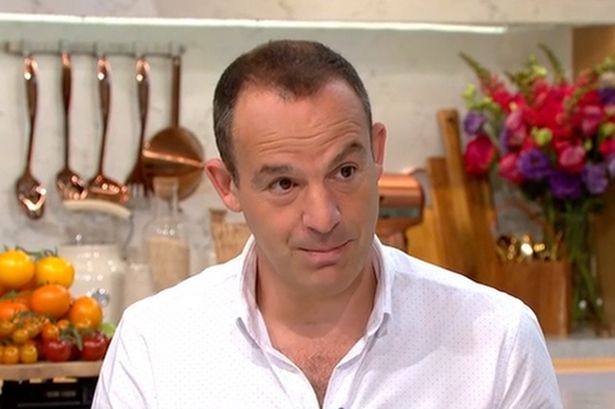LAWTON, Okla. – For people with bigger lump sums to put away, the top accounts change.
The top accounts are then the Santander 123 Mini that pays 3% AER variable but only on £1,500 – £2,000. Age 13-18; the HSBC MySavings that pays 2.5% AER variable on up to £3,000 and TSB’s Under-19s’ Account that pays 2.5% AER variable, but on up to £2,500.
If your child has more than that in savings, Virgin Money pays pays 1.75% AER variable on up to £25,000.
With the top three mentioned, you can get a debit card if you want your children to spend on it.
“Now I know many parents actually like the pre-pay cards that have parental controls so you can manage and watch what your child’s spending money on,” Martin said.
“But they all have a fee – a minimum £24 a year.
“So it’s really a choice – the debit cards are free, the prepay cards have more functionality, but you pay for it.”
When it comes to junior ISAs, Martin had more tips.
“Here’s the big thing with junior ISAs, with cash junior ISAs the tax free incentive is almost irrelevant,” Martin said.
“Firstly, most children don’t earn enough money to pay tax [£12,500 a year],” Martin said.
The only other times it attracts tax is if money given by parents that earns more than £100 interest a year – then it’s taxed at the parent’s rate.
But parents now get the first £1,000 they earn in interest tax free anyway (£500 for higher rate taxpayers).
“Only the top 1% or 2% with the most savings for the kids and the most savings for the adult actually get a cash benefit from a junior ISA,” Martin said.
But that doesn’t mean there’s no reason to take out a junior ISA.
“The big pro is that the money’s locked away until your child turns 18,” Martin said.
“Some parents love that… Some people want their child to have access to the cash sooner, in which case don’t touch a junior ISA unless you’ve got so much savings it’s a tax issue.”

